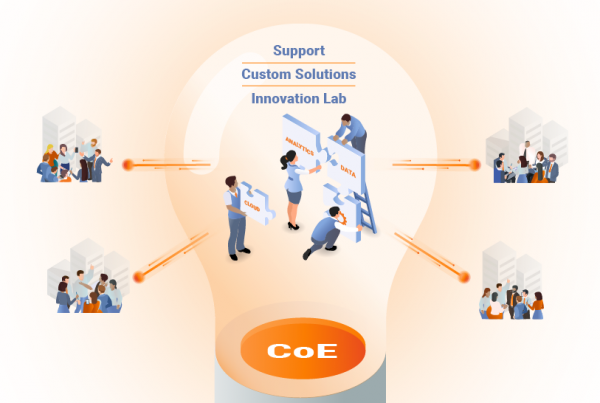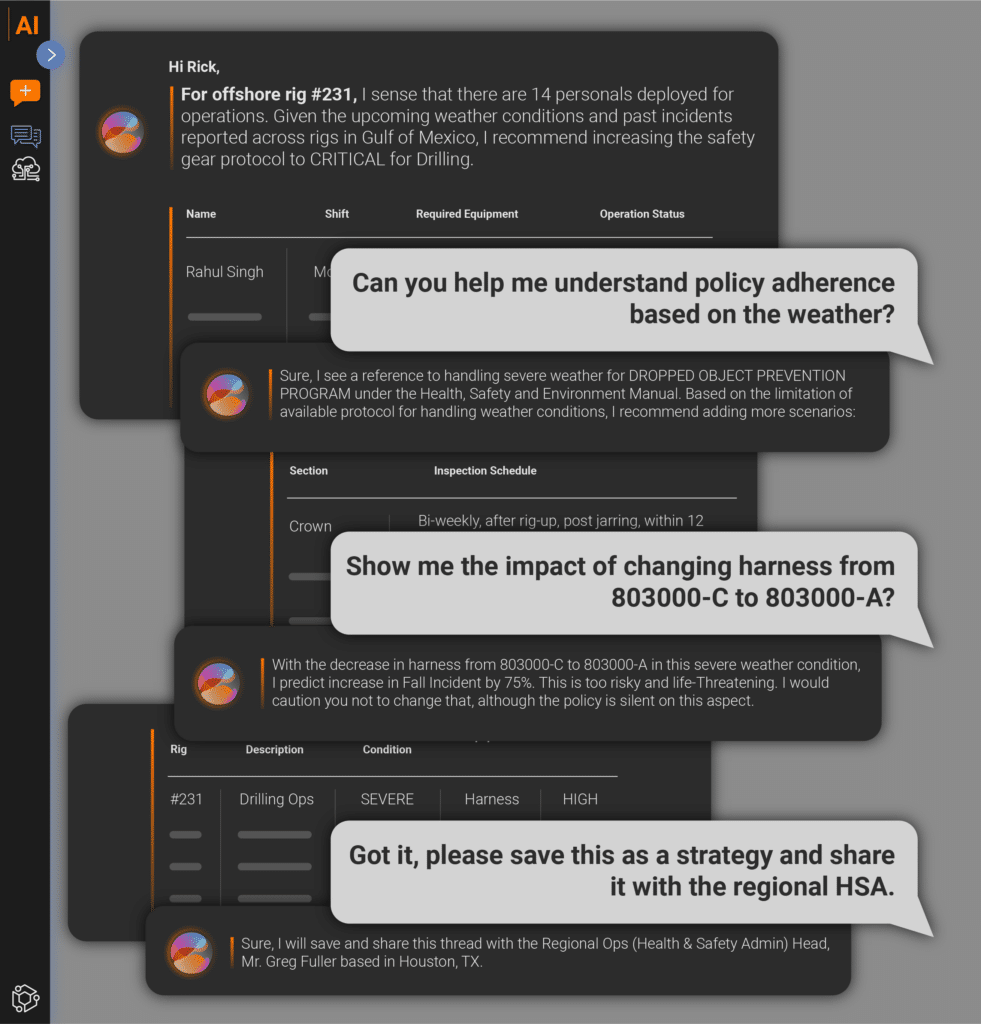Challenge: The turnaround time between building a model and deployment can be upwards of six months:
Why: The process of deploying machine learning models is challenging, and requires more time and resources than deploying application codes. Common reasons for delays are:
- Refactoring the production code to fit a machine learning model can be time-consuming, especially when migrating to a different programming language like Python to Java.
- Machine learning Models may require regular retraining, as prediction feedback (ground truth) is analyzed. If the conceptual model does not authentically represent the incoming data, It could take anywhere for days to months for the accurate prediction of end-users actions to accrue. An imperative step in the production process is developing a plan to accurately capture the data you are working with.
- Having suboptimal predictions attributed to poor data is detrimental to streamlining deployment. The machine will make bias predictions if there isn’t objectivity in the data, or collapse due to a noticeable shift in the dataset. Having quality training data is an important part of planning deployment.
Recommendation: Institute a machine learning operations (MLOps) team and allocate time to creating unique strategies for the deployment of Machine Learning Models. Every model should have a comprehensive data assessment prior to building. This will give understanding to risk, better environment considerations, and encourage high-quality data sets that limit blockers during testing. A robust deployment approach is also an imperative step to standardizing processes, streamlining testing, and integration. This will allow for a reusable and resilient deployment process that lowers overhead caused by the unpredictability of bad data.







